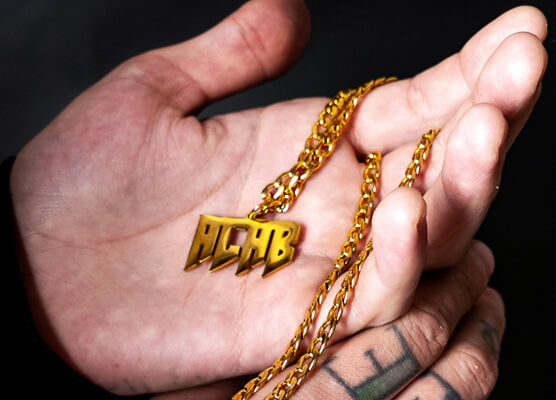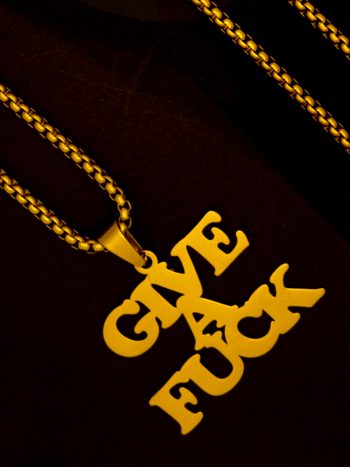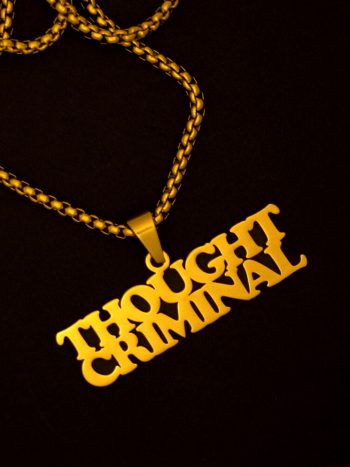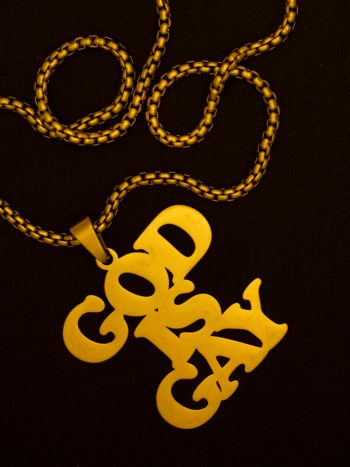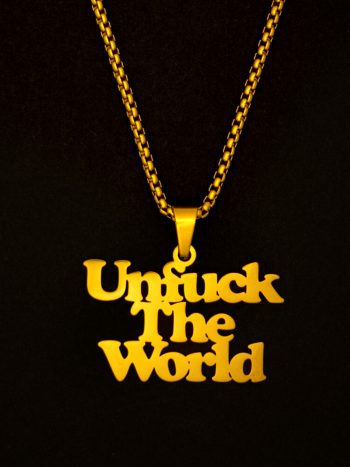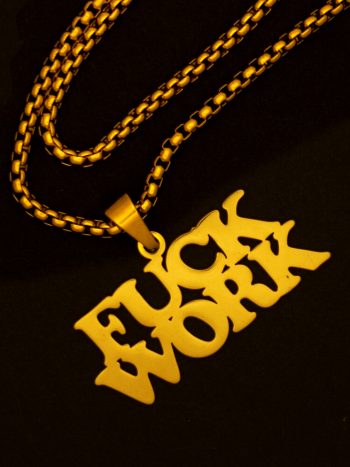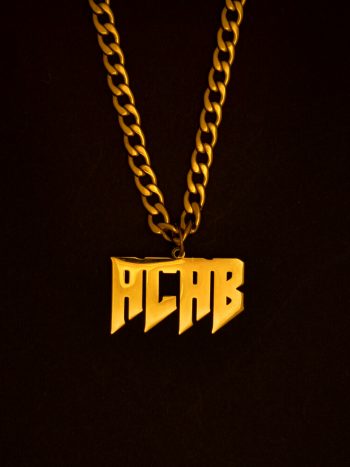Hey guys, here’s why we’re expending into political jewellery. It’s a shiny new way to express your views!
HISTORY OF POLITICAL JEWELLERY
Jewellery has long been used as a means of expressing political views and opinions. From ancient times to the present day, people have worn jewellery to show their loyalty to a particular cause or ideology, to display their social status and wealth, and to make statements about their beliefs and values. Whether it is a simple lapel pin or an elaborate statement piece, jewellery has the power to communicate powerful messages and to inspire social and political change.
Gold and the Pharaohs
One of the earliest examples of jewellery as a means of political expression can be found in ancient Egypt. During the pharaonic period, jewellery was often used to symbolise rank, power, and social status.
For example, pharaohs and other high-ranking officials would wear elaborate headdresses, necklaces, and other types of jewellery to demonstrate their wealth and power. In addition to its decorative function, jewellery was also used to convey political messages and to promote certain ideologies. For instance, the ancient Egyptians used jewellery to depict their gods and goddesses, as well as to represent their beliefs about the afterlife and the natural world.
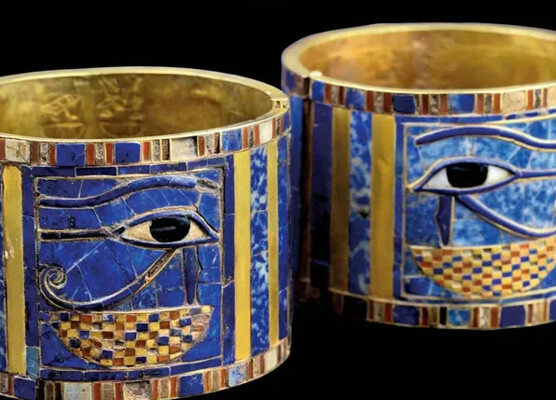
At ALLRIOT, we’re having fun with subverting the idea of GOLD as a symbol of status and putting fun slogans like ACAB and GOD IS GAY on our jewellery.
Jewellery was also used as a means of political expression in ancient Greece and Rome. In these societies, jewellery was often worn to show one’s allegiance to a particular city-state or political party. For example, the ancient Greeks wore distinctive earrings, bracelets, and other types of jewellery to show their support for a particular deity or political leader. In Rome, jewellery was also used to show one’s social status and political affiliation. For example, wealthy Roman citizens would wear elaborate gold and silver jewellery to demonstrate their wealth and power, while poorer citizens might wear simple, more modest jewellery.
Middle Ages jewellery has continued to be used as a means of political expression. For instance, knights and other members of the nobility would wear distinctive badges and insignia to show their loyalty to a particular lord or king. During the Renaissance, wealthy merchants and other members of the emerging middle class began to wear jewellery as a way of displaying their social status and wealth. Nothing new here. The idea of using the iconography of jewellery as a means of protest has not been invented yet.
20TH CENTURY - THINGS ARE HEATING UP
In the 20th century, political jewellery became a popular way for people to express their political beliefs and affiliations. From lapel pins to necklaces, political jewellery came in all forms and was worn by people across the political spectrum.
During World War I, patriotic lapel pins were popular among supporters of the war effort. In the 1920s and 1930s, political jewellery took on a more overtly political tone, with the rise of socialist and communist movements inspiring the creation of pins and badges featuring hammer and sickle symbols or portraits of Marxist leaders like Lenin or Mao.
During World War II, political jewellery took on a more patriotic tone once again, with American flag pins and other symbols of national pride becoming popular.
In the US, election campaign pins were incredibly popular.
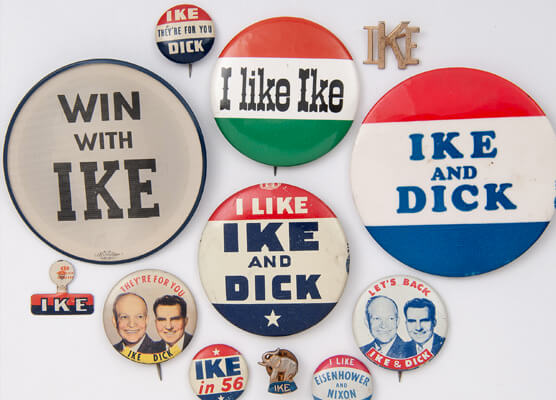
Election campaign pins have been a common sight in the USA since the early 20th century. In the mid 20th century, they became even more popular as politicians realised their effectiveness in spreading their message and creating a sense of unity among supporters.
Campaign pins were often designed with catchy slogans, the candidate’s name or image, and patriotic symbols to appeal to voters. They were distributed at rallies, parades, and other campaign events, and supporters proudly wore them to show their allegiance. Today, campaign pins remain a popular tool for candidates to promote their message and connect with voters.
Vietnam war
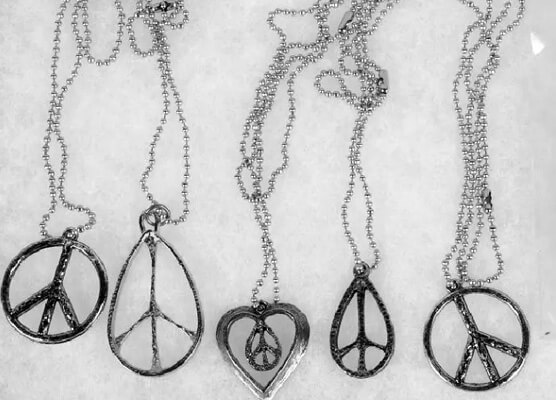
In the 1960s and 1970s, political jewellery once again took on a more radical edge, with the rise of the counterculture and anti-war movement inspiring the creation of peace sign necklaces and other symbols of protest.
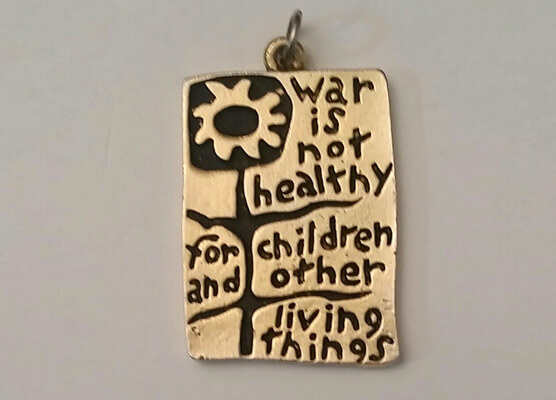
The Poppy
In the United Kingdom, wearing a poppy during the weeks leading up to Remembrance Day (November 11th) is a common way for people to show their support for the British Armed Forces and to honour those who have died in conflicts around the world.
The tradition of wearing a poppy for Remembrance Day dates back to the end of World War I, when the red poppy was adopted as a symbol of remembrance for the soldiers who had died in the conflict. The red poppy was inspired by the poem “In Flanders Fields,” written by Canadian soldier John McCrae, which describes the fields of poppies that grew over the graves of fallen soldiers in Belgium.
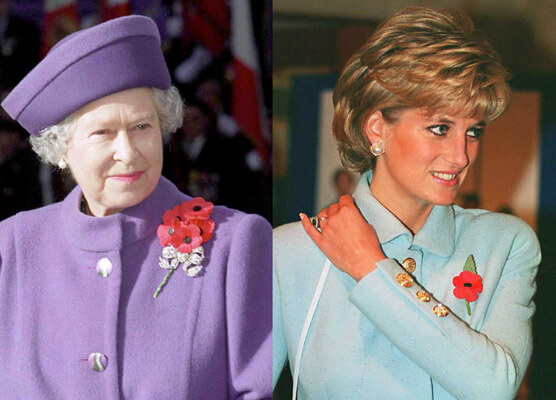
Today, the Royal British Legion sells millions of poppies each year to raise funds for its charitable work supporting members of the British Armed Forces and their families. Poppies are worn on lapels, hats, and other clothing items during the weeks leading up to Remembrance Day, and many public figures, including politicians and members of the royal family, can be seen wearing poppies during this time.
While the wearing of poppies is not compulsory, it is a highly visible way for people in the UK to show their support for the military and to remember those who have made the ultimate sacrifice in service to their country. The tradition of wearing a poppy remains an important part of British culture and is likely to continue for many years to come.
Soviet Union pins
In the Soviet Union, lapel pins were widely used as a tool for spreading propaganda and promoting political messages. These small, inexpensive pins were distributed widely and worn by people of all ages and social backgrounds, making them an effective way to spread political messages and ideologies.
Soviet lapel pins featured a wide range of symbols and images, including portraits of political leaders like Lenin and Stalin, images of factories and other industrial symbols, and slogans promoting Soviet ideals like collective agriculture and workers’ rights.
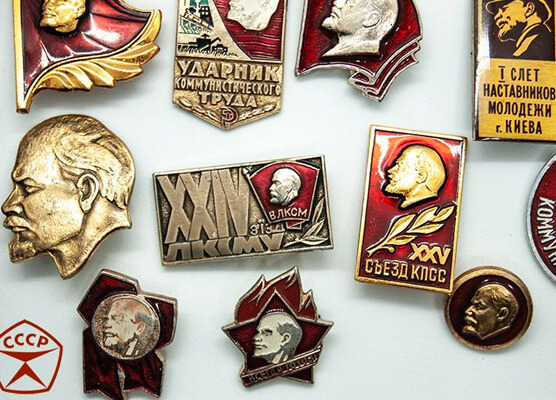
Incredibly popular among young and old Soviet comrades, pins were given out to commemorate Soviet victories in World War II and were worn with pride by millions of Soviet citizens.
Other popular Soviet lapel pins included those featuring images of cosmonauts and space-related symbols, which reflected the Soviet Union’s ambitious space program and its desire to compete with the United States in the space race.
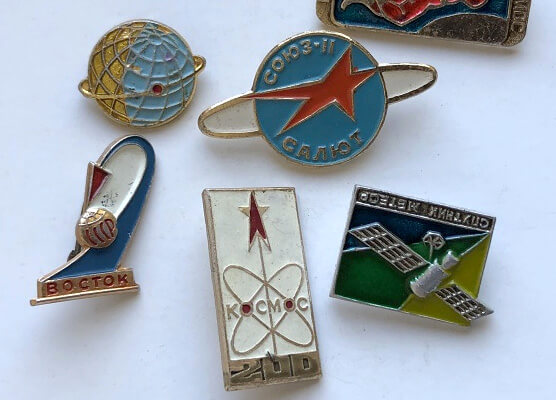
In more recent years, political jewellery has taken on a more subtle and sophisticated form, with designers creating pieces that incorporate political themes and symbols in a more understated way. For example, a necklace featuring a dove or a charm bracelet with symbols of human rights might be worn by someone who wants to express their political beliefs in a more subtle way.
POLITICAL JEWELLERY IN THE 21ST CENTURY
In recent years, jewellery has also been used to make statements about social and political issues. For example, many people have worn jewellery as a way of expressing their support for the LGBTQ+ community, the feminist movement, and other social justice causes. In some cases, these items have become popular as a way of raising awareness about these issues and as a means of supporting social and political movements.
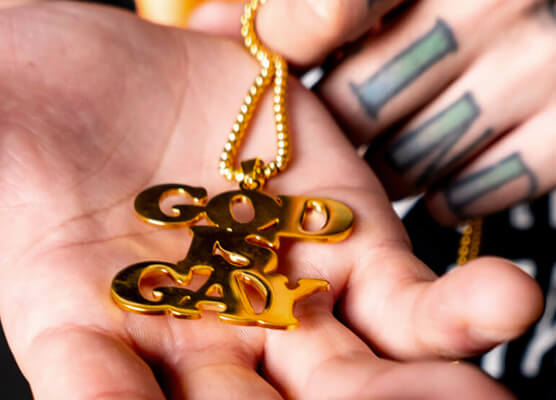
The Obama Effect
Michele Obama, the former First Lady of the United States, is known for her political activism and her commitment to social justice issues. She has often used her public platform to advocate for issues such as education, health care, and women’s rights. In addition to her words and actions, Michelle Obama has also used her clothing and accessories to make political statements.
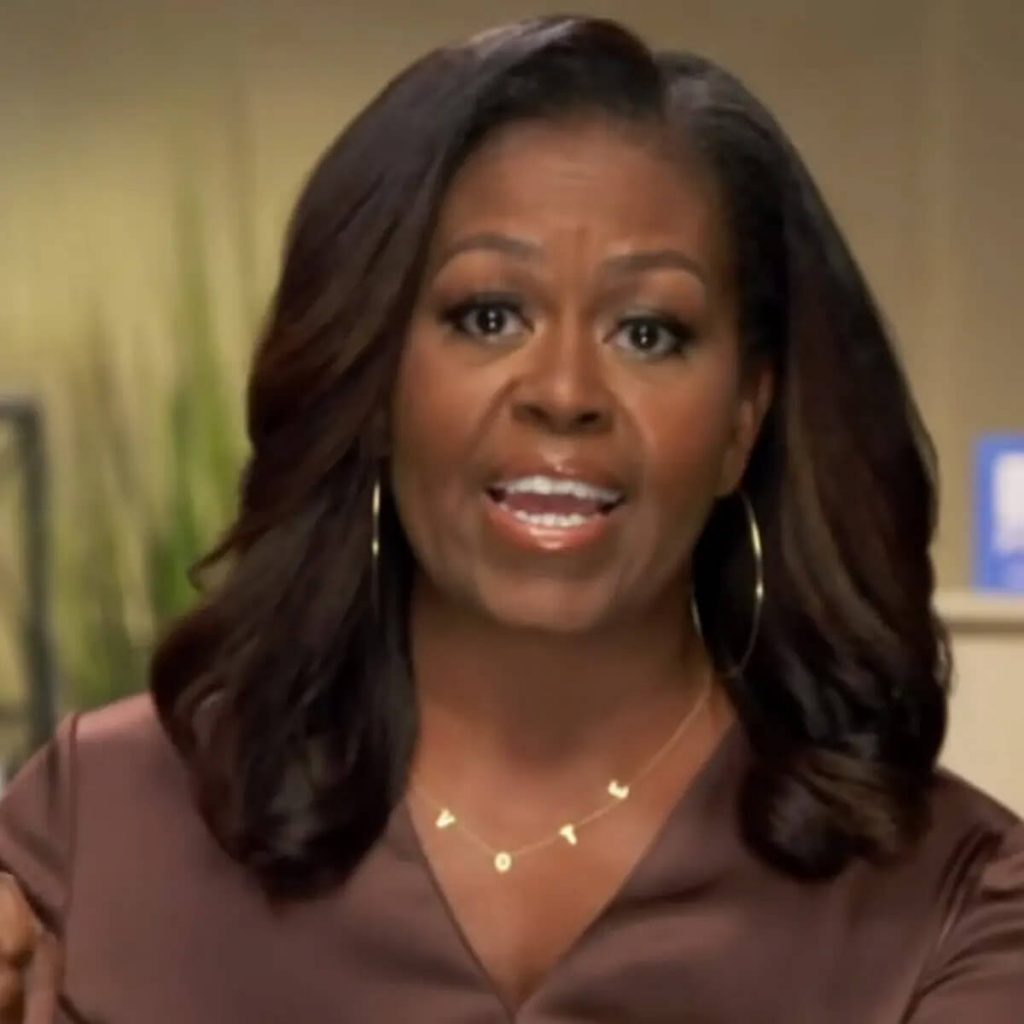
One example of this is the necklace that Michelle Obama wore during her husband’s presidency. The necklace, which was designed by the jewellery brand Celine, featured a gold and silver pendant with the word “vote” written in all capital letters. The necklace was seen as a subtle yet powerful statement about the importance of political engagement and the right to vote. Michelle Obama wore the necklace on a number of occasions, including during a speech at the Democratic National Convention and at a number of other political events.
People all over the world have used their jewellery to make political statements and to draw attention to important issues. By choosing to wear particular pieces of jewellery, they have been able to express their beliefs and values in a subtle, yet meaningful way. Their use of jewellery as a means of political expression is a reminder of the power of clothing and accessories to communicate ideas and to inspire social and political change.
CHECK OUT THESE POLITICAL NECKLACES
-
£16Add to WishlistAdd to Wishlist
-
£16Add to WishlistAdd to Wishlist
-
£16Add to WishlistAdd to Wishlist
-
£16Add to WishlistAdd to Wishlist
-
£16Add to WishlistAdd to Wishlist
-
£16Add to WishlistAdd to Wishlist
